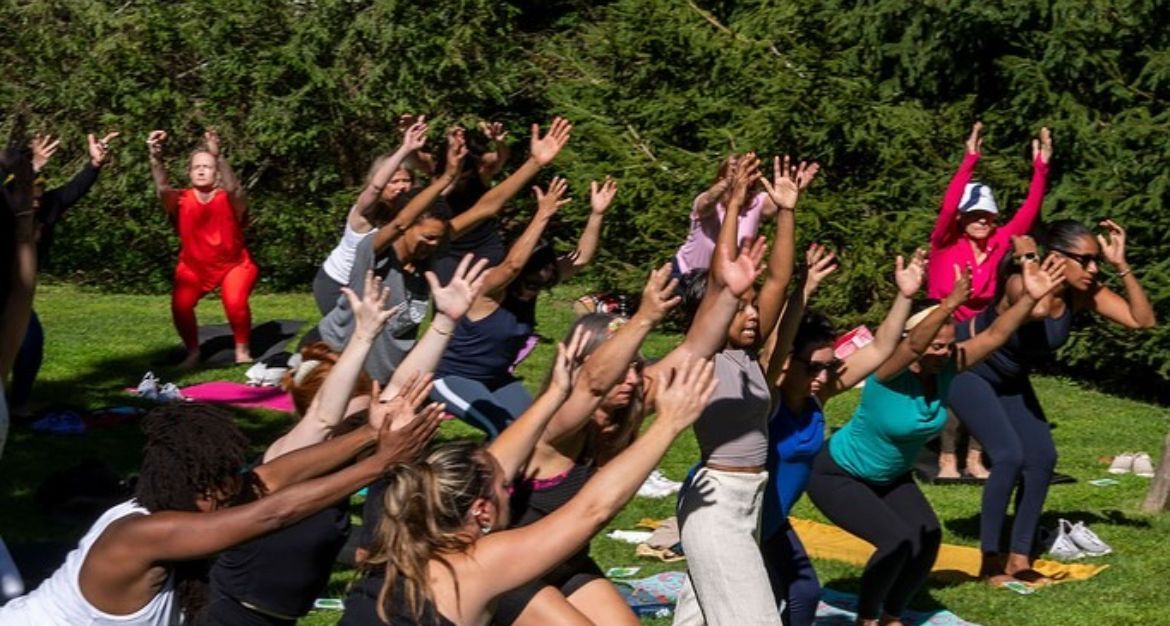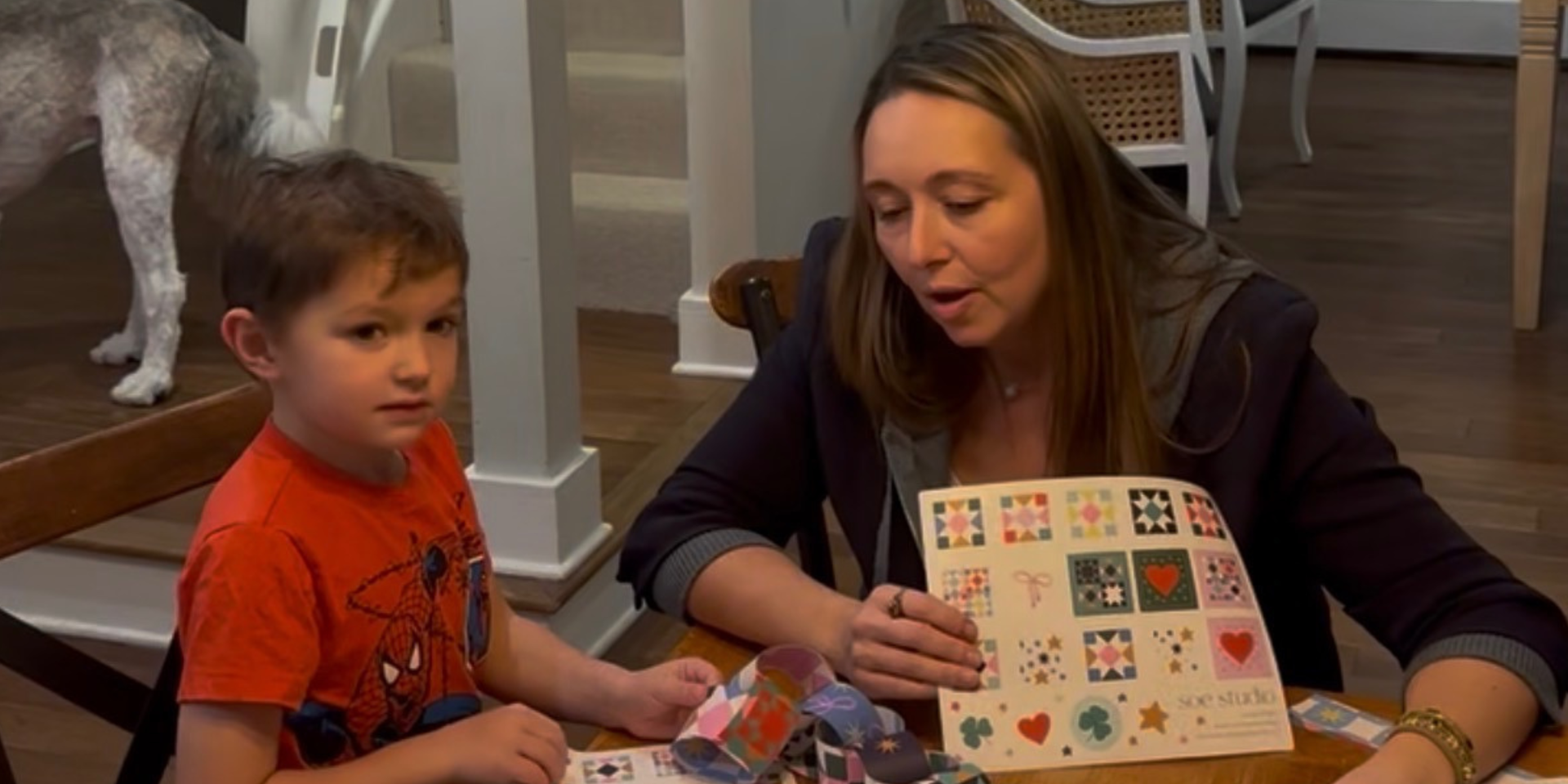5 Ways to go Meatless to Protect the Environment
There is no perfect way to protect the environment. doing your best is all you can do.
If the environment is on your mind when you sit down for dinner. That's because meat production is one of the largest contributors to climate change. Here are 5 ways to protect the environment from your kitchen.
Meatless Monday
But what is Meatless Monday?
Meatless Monday is a campaign that encourages people to go meat-free once a week. The program was started in 2003 by Paul, Mary and Stella McCartney in partnership with the Johns Hopkins Bloomberg School of Public Health and has since been adopted by many other schools and organizations around the world.
It’s simple: just skip meat one day per week! That could mean you don’t eat any animal protein for lunch or dinner—or both—on Mondays (and then enjoy yourself at dinnertime on the other days). Or perhaps it means that you make an effort to cut back on your intake of chicken or fish on Mondays—and then indulge in those foods at other meals during the week. Your personal approach will depend on what feels right for you; there are no right answers when it comes to eating less meat than usual!
Go vegetarian.
If you’re more of a meat-eater than not, making the switch to vegetarianism is still a big help. Going vegetarian is easier than it used to be—there are great restaurants that offer entirely veggie-based menus and even fast food options like Subway and Chipotle that have options for you.
Going completely vegan will reduce your greenhouse gas emissions even further, but if that seems too extreme for now, just cutting out red meat can do wonders for your health and the environment.
Switch to local, grass-fed meat.
If you want to go meatless, but still want to eat some of the good stuff, consider switching to local, grass-fed meat. It's better for your health and the environment in several ways:
- Grass-fed animals are raised on a diet of grass instead of corn and soybeans that are engineered to have higher levels of omega 6 fats. This means less saturated fat in their bodies (which can cause heart problems) and more omega 3 fatty acids (which help keep our brains healthy). Grass-fed meat has been shown to be healthier for us because it contains less total fat (though not necessarily fewer calories) than conventionally raised livestock.
- Grassland is often used as a carbon sink—that is, it absorbs carbon dioxide from the atmosphere through photosynthesis. When we destroy natural ecosystems like forests or prairies for grazing land for cattle or other agricultural purposes, we release huge amounts of CO2 into the atmosphere—and putting them back takes decades if not centuries depending on how much soil erosion occurs during development phases like building roads that lead into areas where they were previously unbroken by machinery like tractors being driven over them every day so farmers can farm there too soon after they've just taken down trees around trees' roots when those roots still haven't fully grown back yet due to having been cut off by hand saws used before tractors were invented yet now with all these new inventions being used together at once this could mean both deforestation AND soil erosion happening simultaneously unless something else happens first such as global warming causing melting glaciers which will then melt all icebergs--well then maybe not; let me think about this again."
Do a little research before you buy.
You may not have realized it, but when you go to the grocery store or a restaurant, there's a lot that goes into your food. To make sure you're making choices that benefit the environment, it's important to do some research before buying any products.
That means looking at labels and determining whether the product was raised humanely and without antibiotics or hormones; if it was grown using GMO seeds; if pesticides were used in its production; if synthetic fertilizers were used on its land and so on. Not every animal raised in America is treated well—some are factory farmed and packed together like sardines—so look for meat from animals raised without these things happening.
You can protect the planet by reducing how much meat you eat.
The best way to reduce your environmental impact is simply to eat less meat. You might be thinking, “But I don't want to give up the taste of bacon!” If you're already a vegetarian or vegan, you probably know what I'm talking about when I say that vegetarian protein sources are delicious and just as satisfying as animal products. And if your reason for avoiding meat is because you don't like the idea of raising animals for slaughter, then this article isn't really going to convince you. But if your desire not to eat meat stems from some other reason (like health concerns), then keep reading!
Conclusion
These tips can help you go meatless, but remember: there are no rules. If you’re not ready to give up meat completely, try eating it just once a week, or even twice a week. You might find that reducing your consumption makes it easier for you to stick with this habit. If your heart is set on going vegetarian or vegan—and the planet needs all of us on board with this movement—then consider taking it one step at a time by trying out Meatless Mondays before making any big changes.





